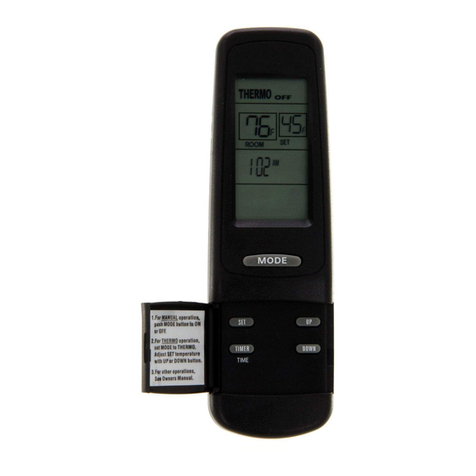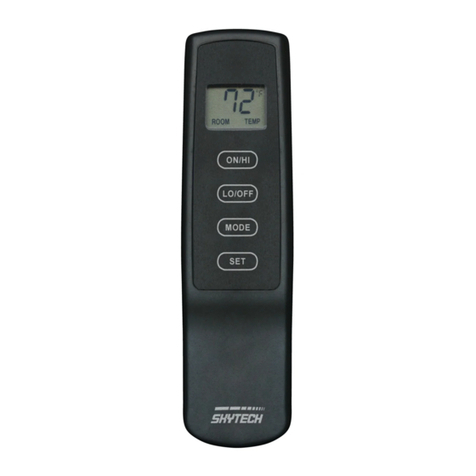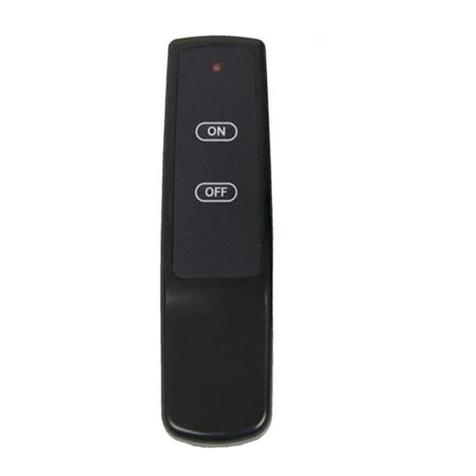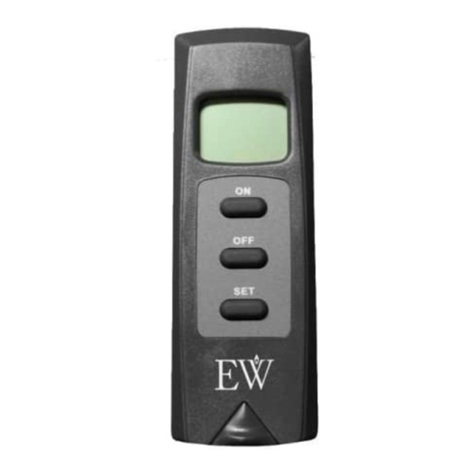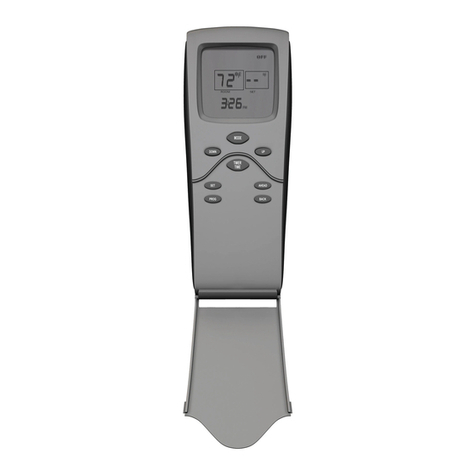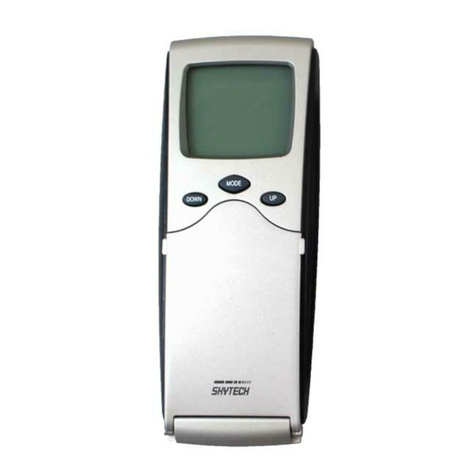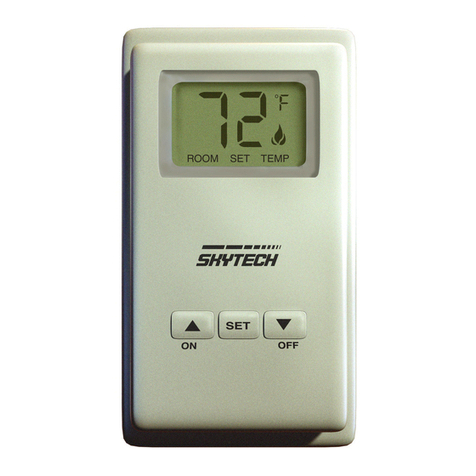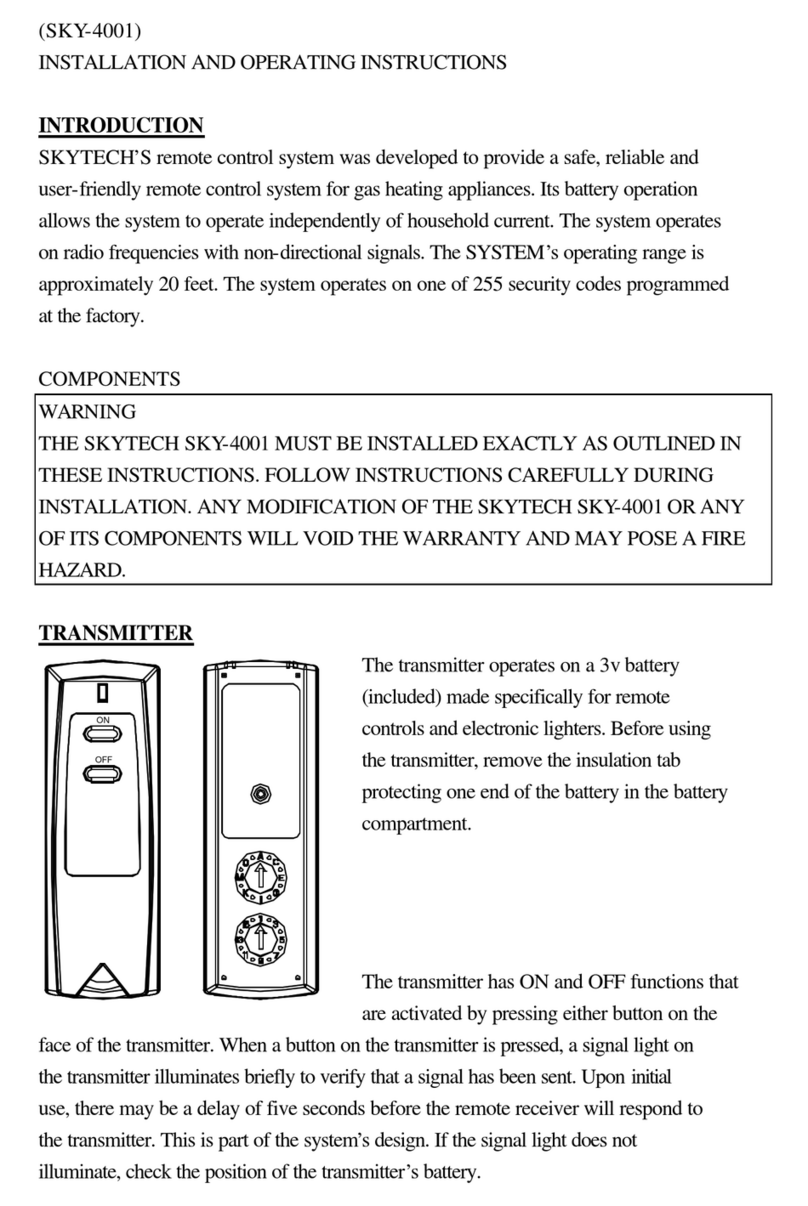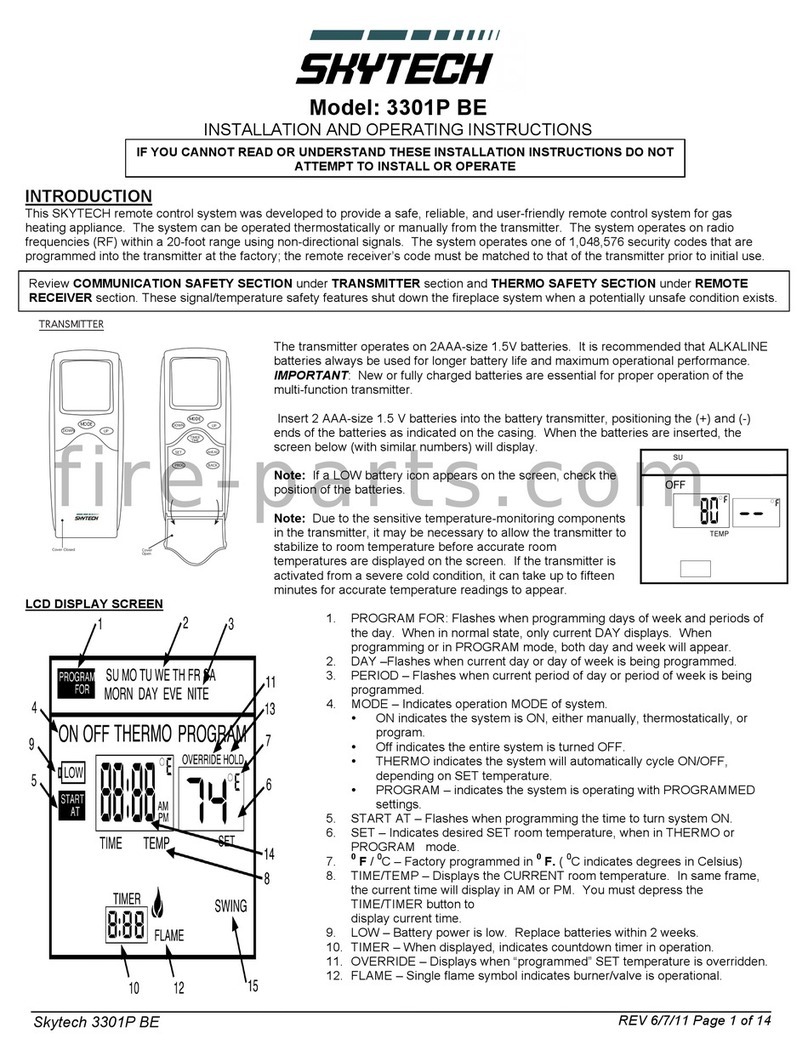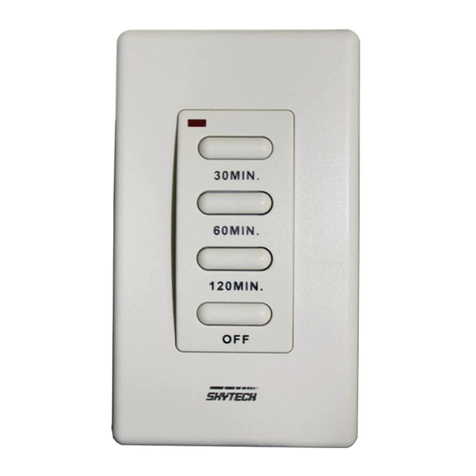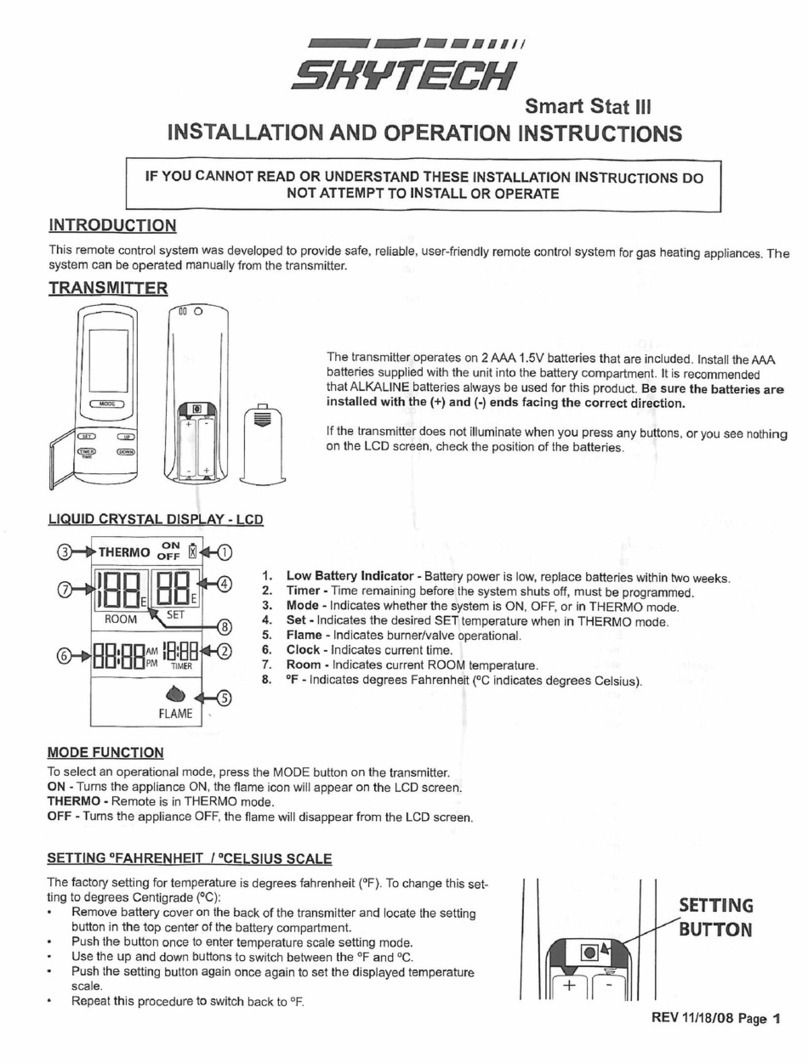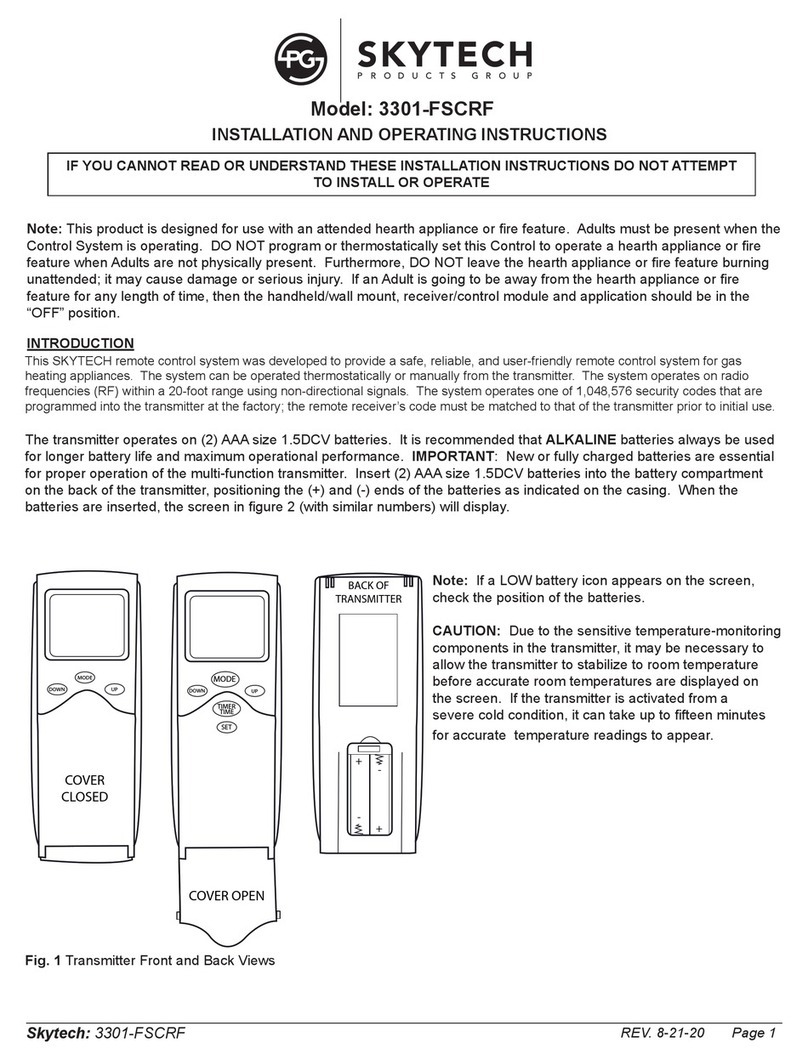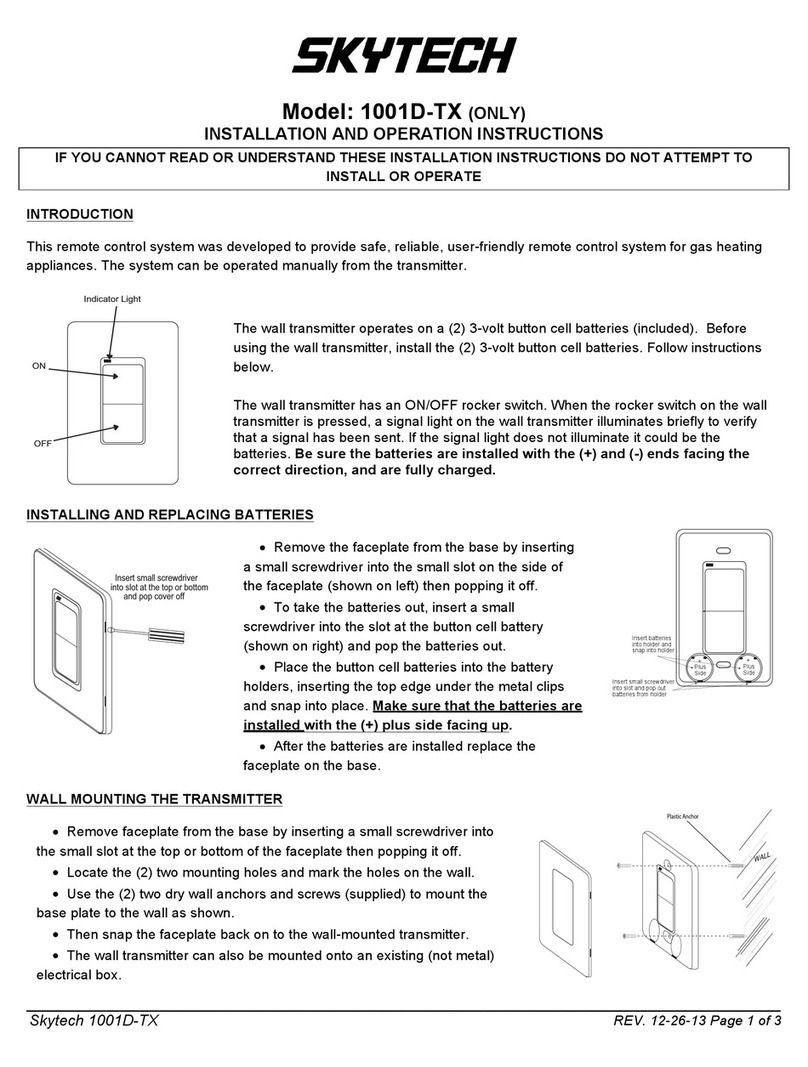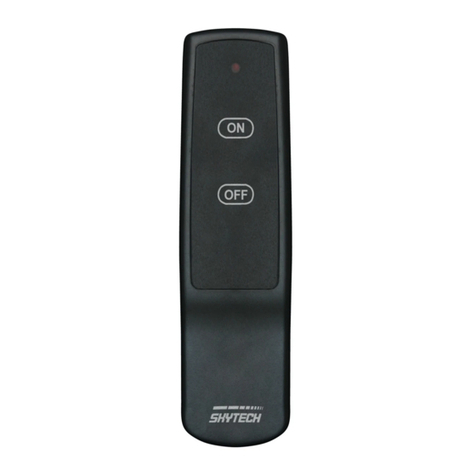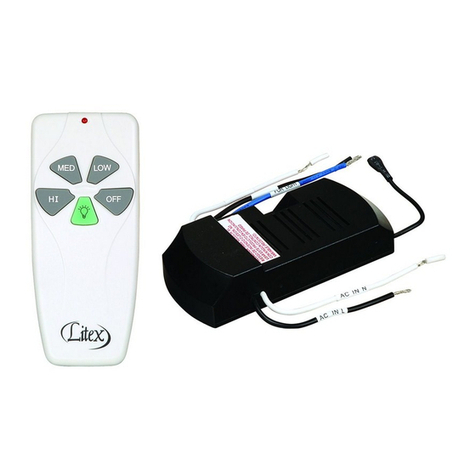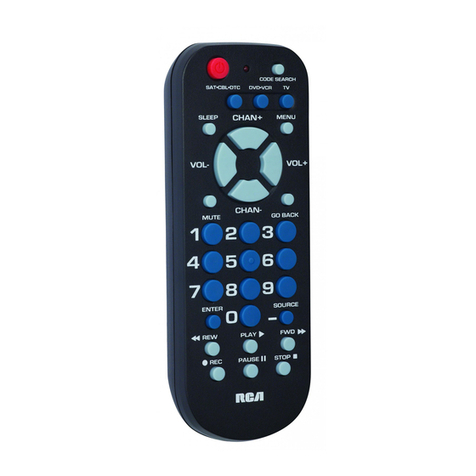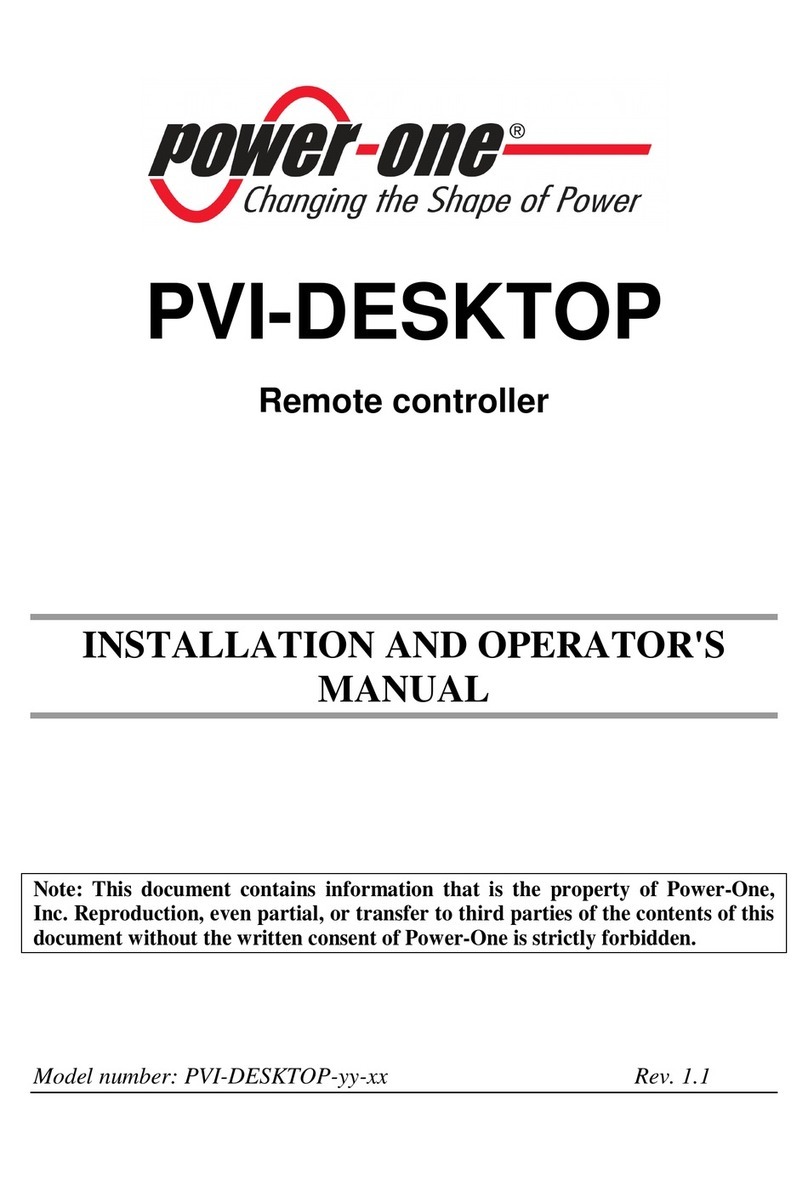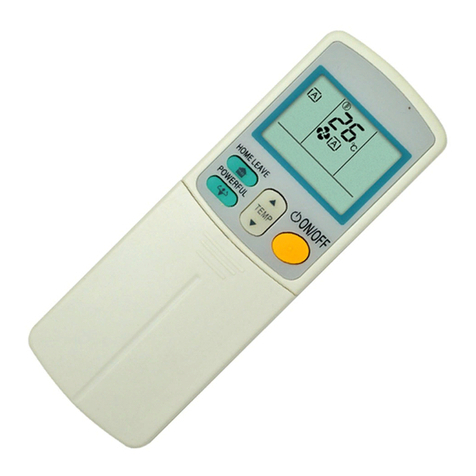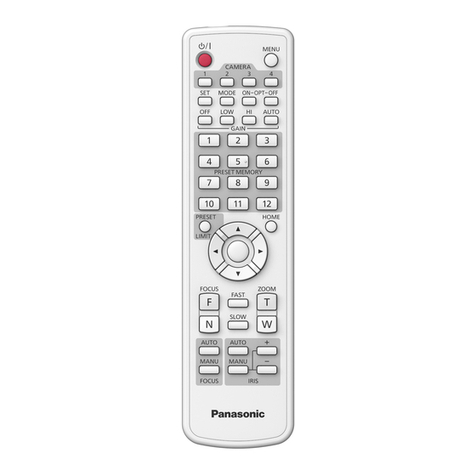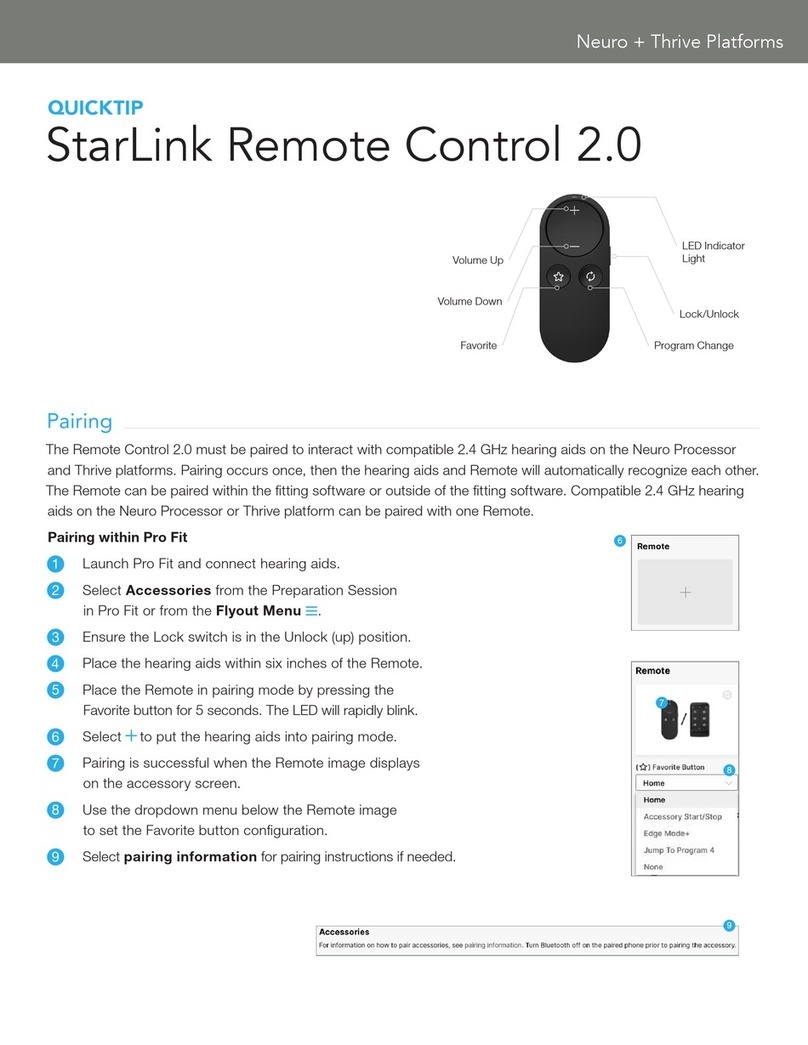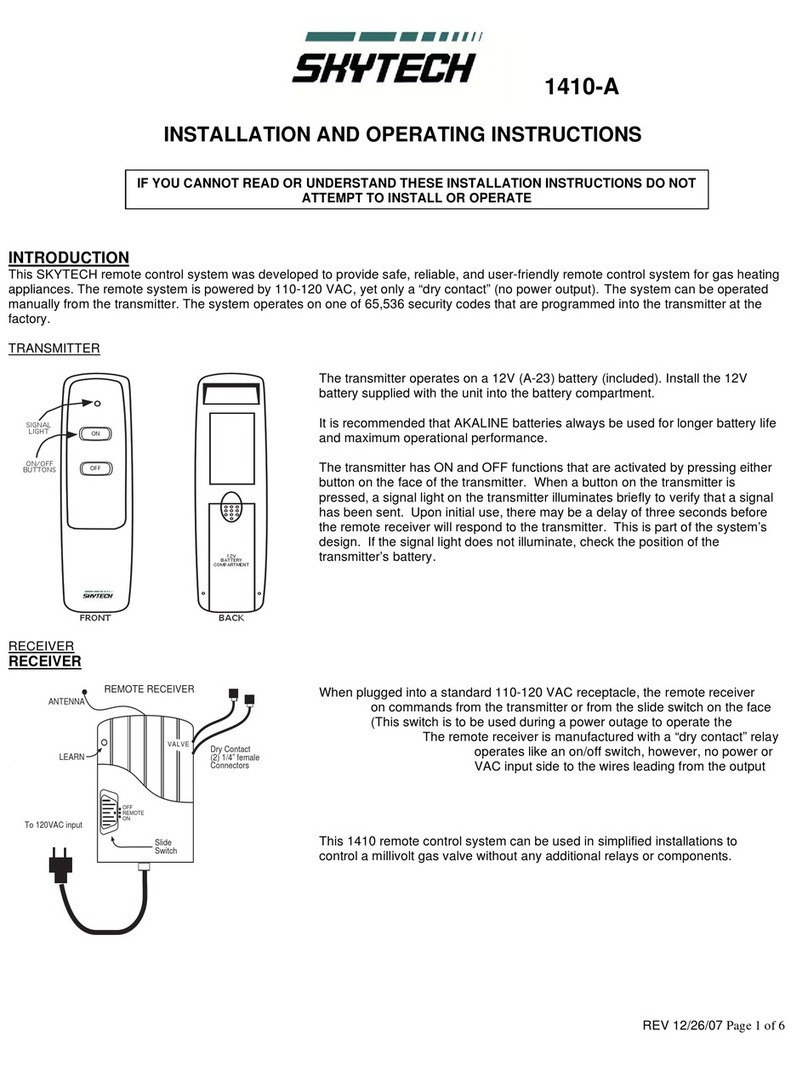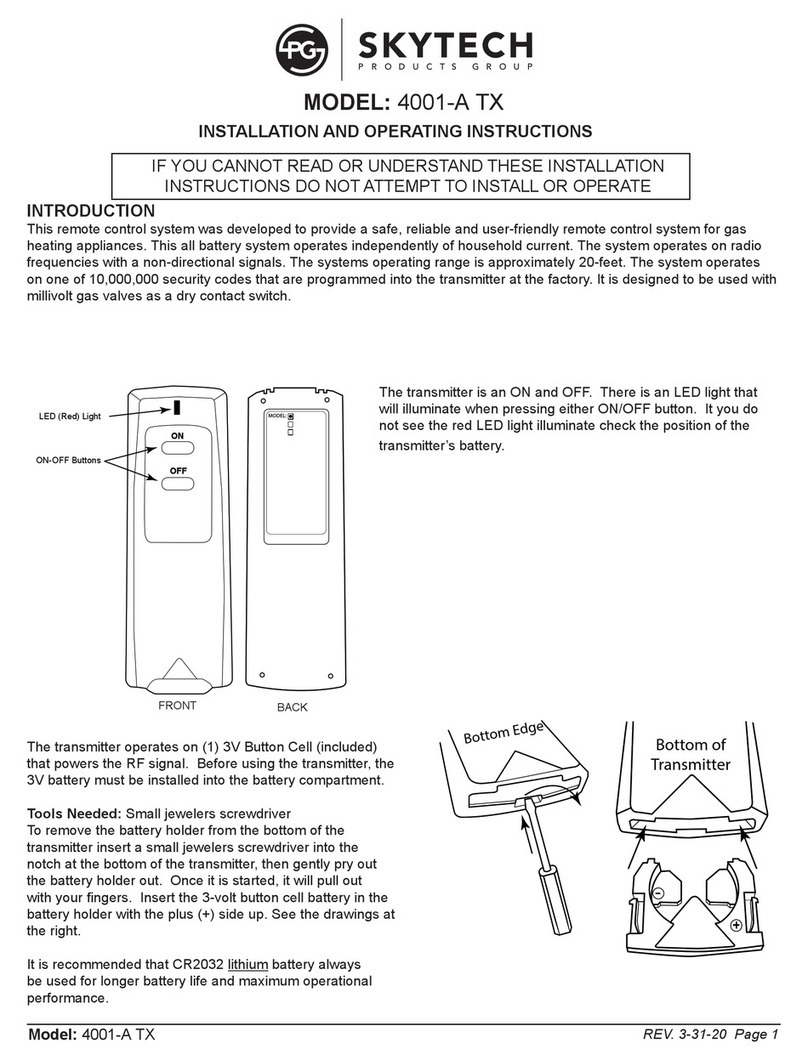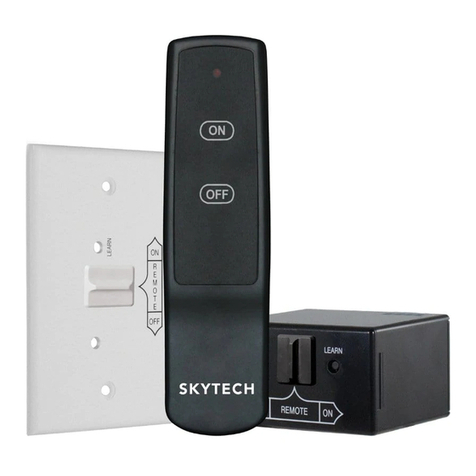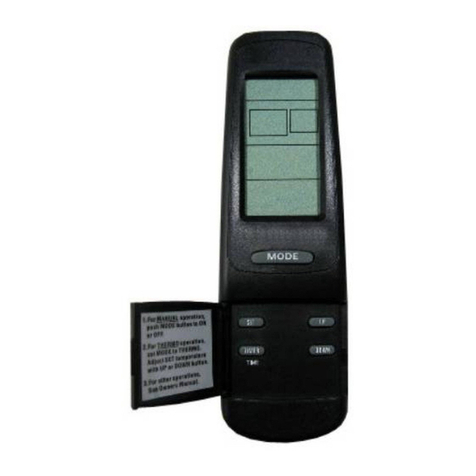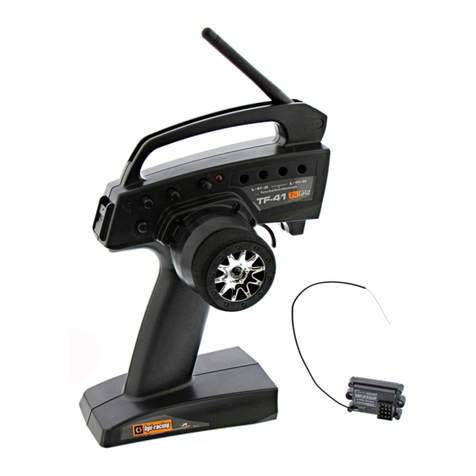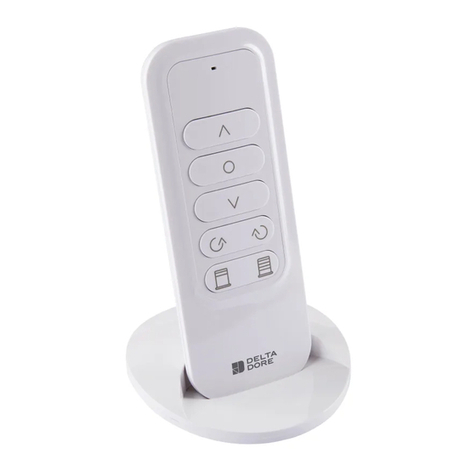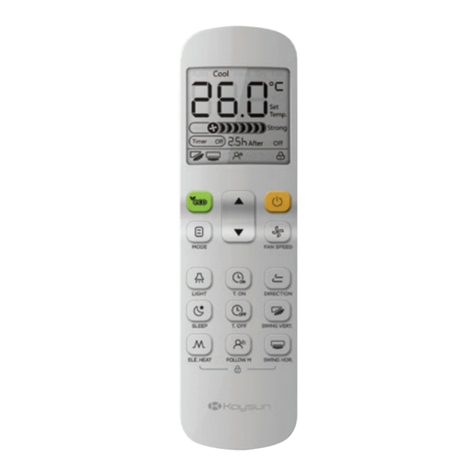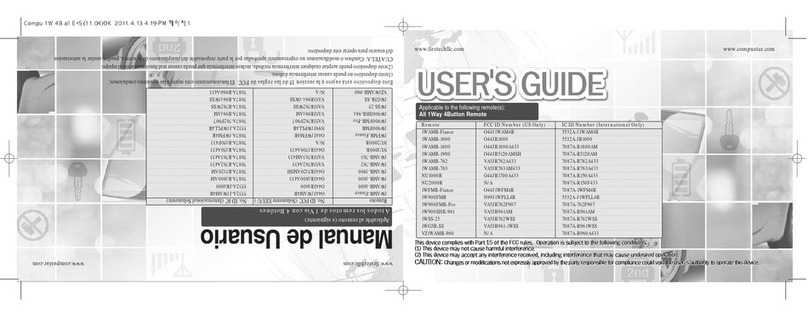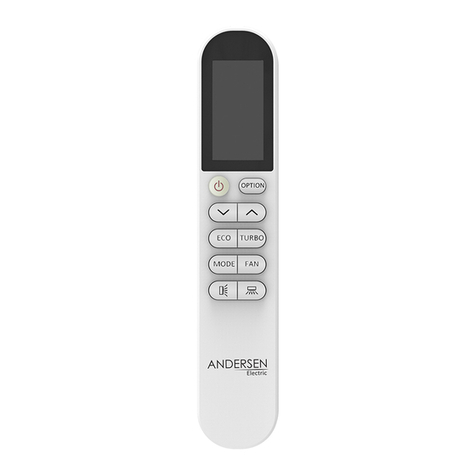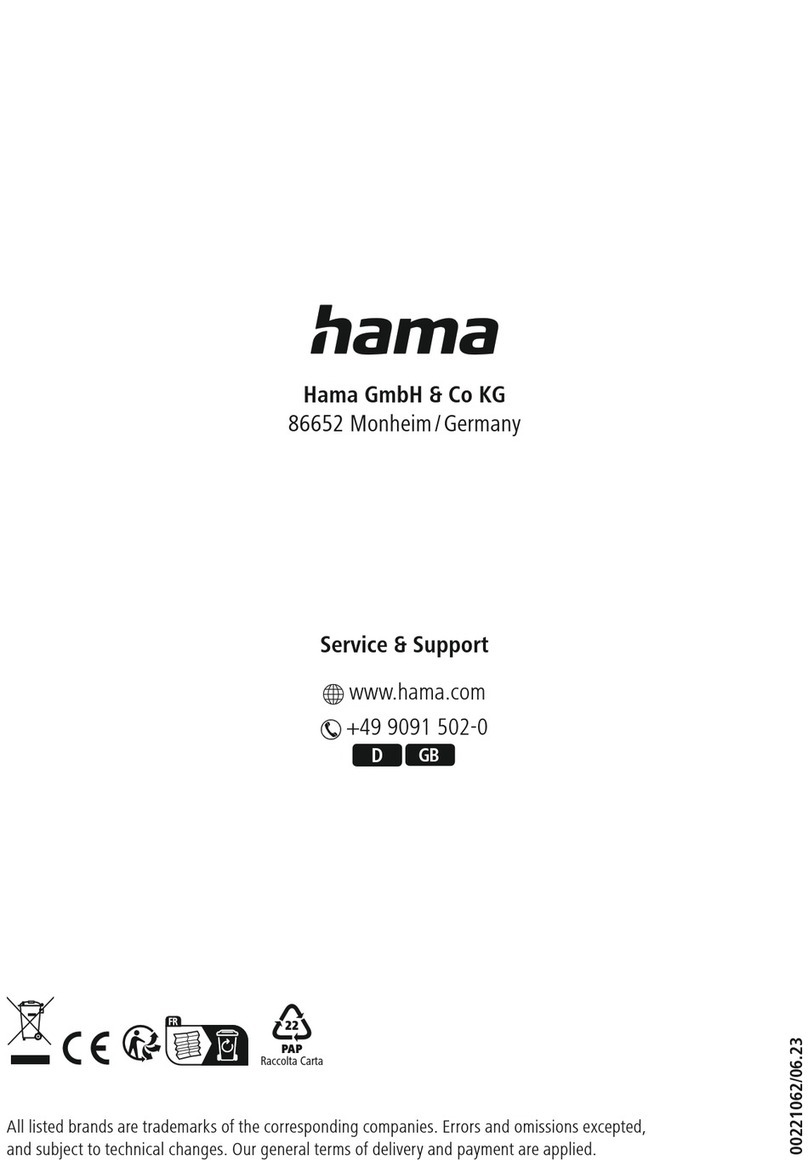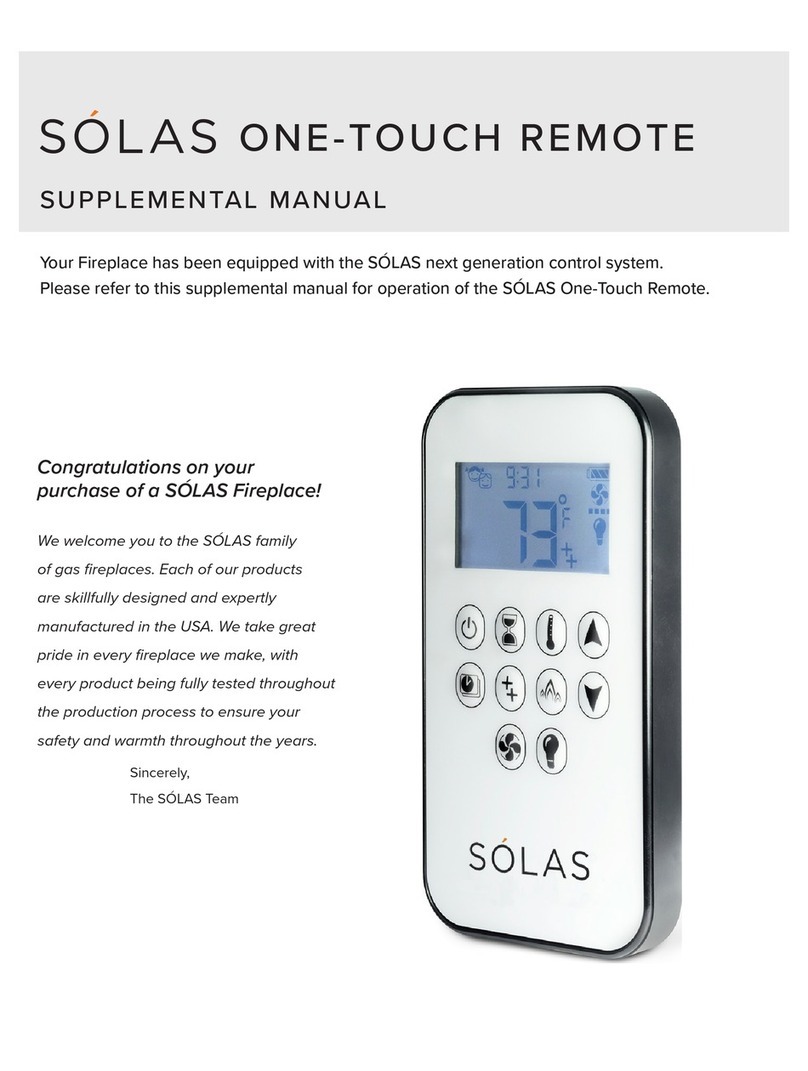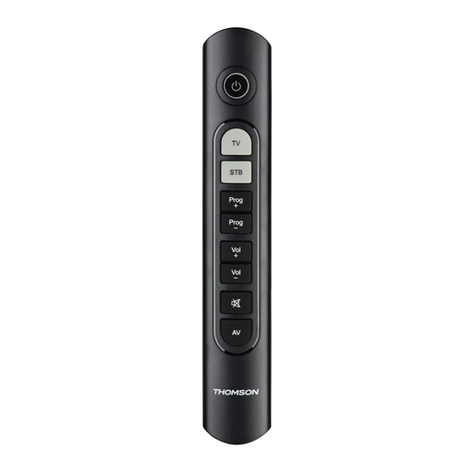
REV. 3/19/05 Page 7 of 14
TRANSMITTER
OPERATING SAFETY MONITORS: SYSTEMS SHUTDOWN
The SKYTECH remote control operates on RF (radio frequency) signals that are sent by the TRANSMITTER (remote) to the RECEIVER that
operates the appliance. It is recommended that the TRANSMITTER always be located within the 20 foot operating range, preferably in the same
room in which the appliance is located.
THERMO UPDATING FEATURE –TRANSMITTER – (T/S –TX)
This SKYTECH remote control has a THERMO UPDATING Feature built into its software. The THERMO UPDATING Feature operates in the
following manner, but only in the THERMO and PROGRAM MODES:
The transmitter normally reads the ROOM temperature every 2 minutes checking the ROOM temperature against the SET temperature
it sends a signal to the receiver.
SKYTECH ORIGINAL DESIGN
THERMO-SAFETY FEATURE –TRANSMITTER – (T/S –TX)
This SKYTECH remote control has a THERMO-SAFETY function built into its software. It provides an extra margin of safety when the fireplace
system is in the THERMO, TIMER, and PROGRAM MODES. The THERMO-SAFETY feature is activated when the TRANSMITTER is moved
beyond the maximum recommended operating range, which is 20 feet. It is also activated when the batteries become weak or are removed from
the transmitter.
The THERMO-SAFETY operates in the following manner, but only in the ON, THERMO, TIMER, and PROGRAM MODES:
The receiver is thermally protected from extreme heat conditions. Heat can have a negative effect on the operation of the receiver’s
microprocessors.
When the ambient temperature at the THERMISTOR, inside the receiver case, reaches 1300F, the THERMISTOR will automatically
shut the appliance down and the RECEIVER will begin emitting a series of 4 “beeps”, every 2 seconds. When the ambient
temperature, at the RECEIVER, drops between 1200F and 1300F, the user can reactivate the appliance by pushing the MODE button
on the transmitter. The word ON must display on the LCD screen. When the MODE button is pressed to ON, the THERMISTOR
“resets” itself and the fireplace will begin operating again. However, the “beeping” will continue, if the ambient temperature remains
between 1200F and 1300F. This “beeping” alerts the user that the RECEIVER should be repositioned so the ambient temperature
drops below 1200F.
When the temperature drops below 1200F, the “beeping” will cease, providing the user has “reset” the THERMISTOR by pushing the
MODE button to ON to operate the appliance, either manually or thermally. Allow sufficient time for the receiver to cool below 1200F,
and then press the MODE button to stop beeping.
To “reset” the RECEIVER and operate the fireplace system, you must press the MODE button
on the transmitter. The word ON must display on the LCD screen. By turning the system to
ON, the THERMO-SAFETY operation is overridden and the system will return to normal
operation depending on the MODE selected at the transmitter. The THERMO SAFETY feature
will reactivate should the transmitter be taken out of the normal operating range or should the
transmitter’s batteries fail or be removed.
We recommend the user check the batteries in the TRANSMITTER to make sure the voltage
is no less than 2.5 volts.
COMMUNICATION – SAFETY – TRANSMITTER – (C/S – TX)
This SKYTECH series remote controls has a COMMUNICATION –SAFETY function built into its software. It provides an extra margin of safety
when the TRANSMITTER is out of the normal 20 foot operating range of the receiver.
The COMMUNICATION – SAFETY feature operates in the following manner, in all OPERATING MODES – ON/THERMO/TIMER/PROGRAM.
At all times and in all OPERATING MODES, the transmitter sends an RF signal every fifteen (15) minutes, to the receiver, indicating
that the transmitter is within the normal operating range of 20 feet. Should the receiver NOT receive a transmitter signal every 15
minutes, the IC software, in the RECEIVER< will begin a 2-HOUR (120-minute) countdown timing function. If during this 2-hour period,
the receiver does not receive a signal from the transmitter, the receiver will shut down the fireplace being controlled by the receiver.
The RECEIVER will then emit a series of rapid “beeps” for a period of 10 seconds. Then after 10 seconds of rapid beeping, the
UP
DOWN
MODE
TIMER
TIME
SET
PROG
AHEAD
BACK
FAN














